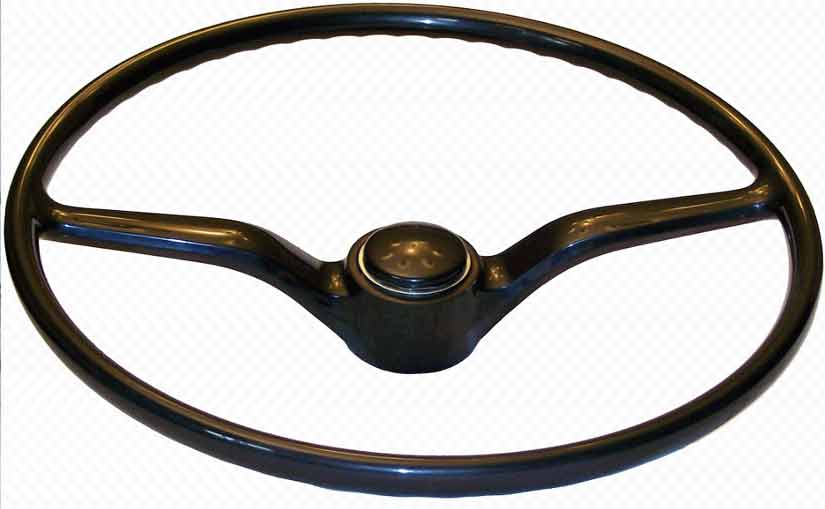You are a home owner and you have a cesspit installed out in your yard. This serves as the waste disposal unit for the entire household. Like the septic system, the cesspit system also needs responsible care and maintenance. When ignored and forgotten about, cesspit system performance can degrade, leading to poor seepage and cesspit saturation.
As you know, a cesspit system is both a soil absorption system and a septic tank system in one. It is constructed as a deep hole that is generally three to six feet in diameter and is lined with blocks of stones and concrete. The cesspit is also installed to a depth that is ideal for it to reach the soil where the waste if further broken down and purified. The household’s waste directly flows through a solid pipe right into the collecting tank. The sewage stays stagnant in the collection tank for the surrounding soil to absorb it. This happens as the solid waste stay at the top. The drainage trench then takes care of any amount of overflow.
The main cause of cesspit saturation is the accumulation of gunk, oil, soap scum, and grease on the walls of the tank. This prevents the water from seeping through at the desired rate. Accumulation of water then occurs in the tank. When this happens, the sewage water backs up into the house. This also results in the slow draining of the toilet, sink, and shower drains. Overtime, if this is not given attention and corrected, the walls of the cesspit will be completely clogged and the holes will become non-existent. The entire cesspit tank will then become like a collection tank of sewage. You would then be left with the dilemma of constantly draining the tank every two or three months.
You should make sure that you start the ideal maintenance of the cesspit right after it has been constructed or pumped out. Doing so will help you maintain good and efficient drainage all throughout your household. It is very irritating and costly to ignore cesspit saturation. You may be able to help a little and temporarily by clearing out the drains in your home but eventually, the main problem should be addressed and resolved. In problem systems, the walls of the cesspit holding tank should be cleaned down at ideal intervals so that the liquid being collected will effectively drain through the surrounding ground area. This way, the tank itself will be rid of the water and only the solidified wastes will be left. You don’t have to worry about the solid wastes because these will be broken down by the bacteria or digesters present.
As a responsible homeowner, be vigilant in taking care of your cesspit. In your household, use filters in the drains all around your home so that you can be sure that no solid or non-biodegradable wastes will not pass through the drain and accumulate in the walls of the cesspit. If you have solidifies oils or soap scum, just place them in a paper bag and dispose of it in the trash. This will dramatically lessen the gunk that goes into the cesspit collecting tank. As a result, the cesspit will be able to drain faster and hopefully you can avoid dealing with a system that has become saturated. Think of the money that you will save when you always maintain the proper functioning of your cesspit. It will benefit your household, your living environment, and most especially, your health if you do your part in preventing cesspit saturation.

